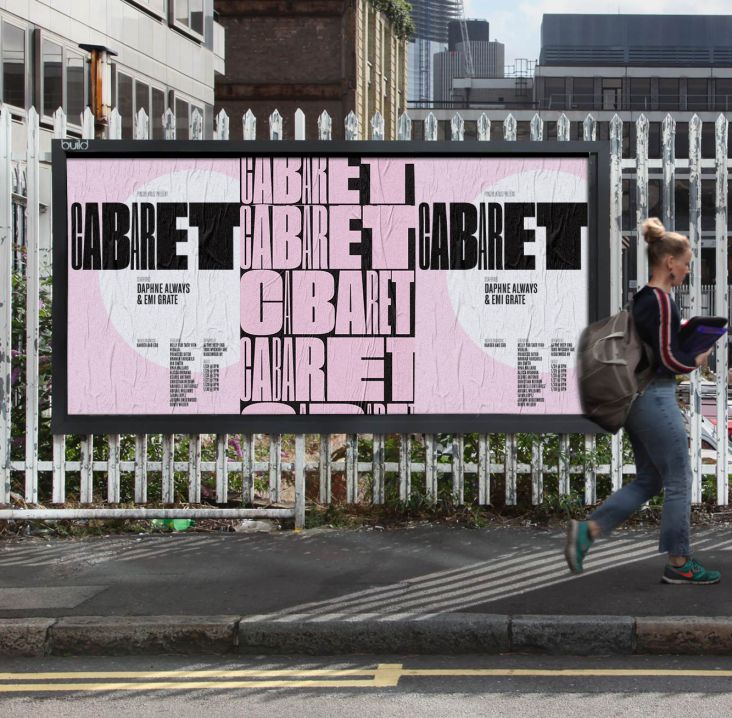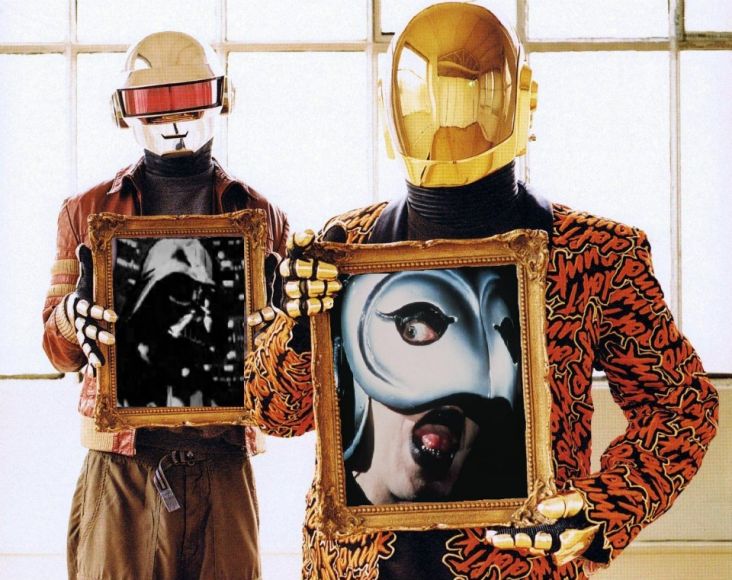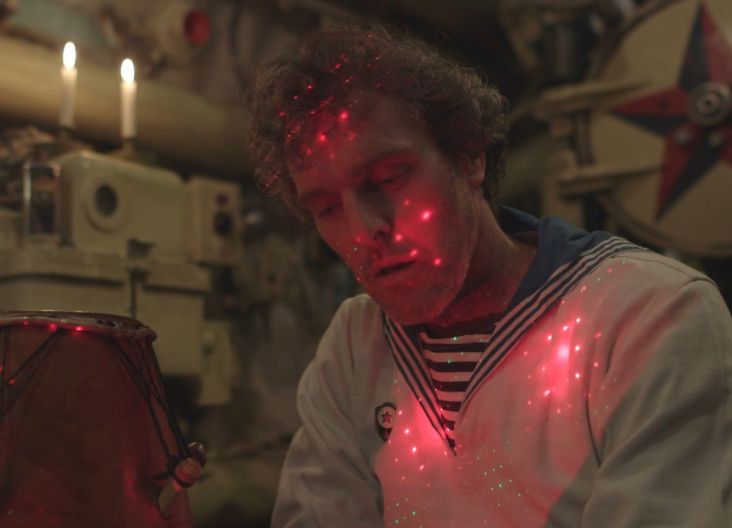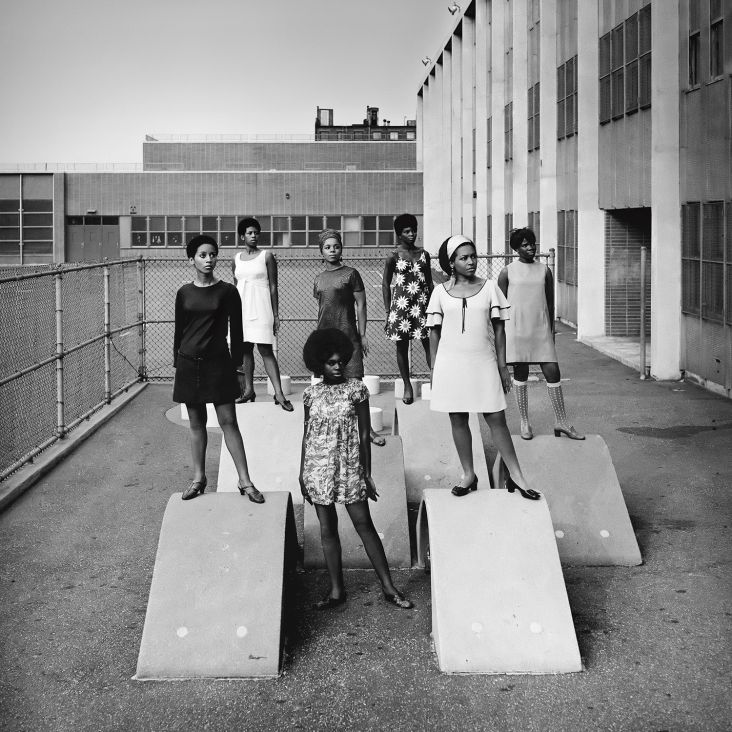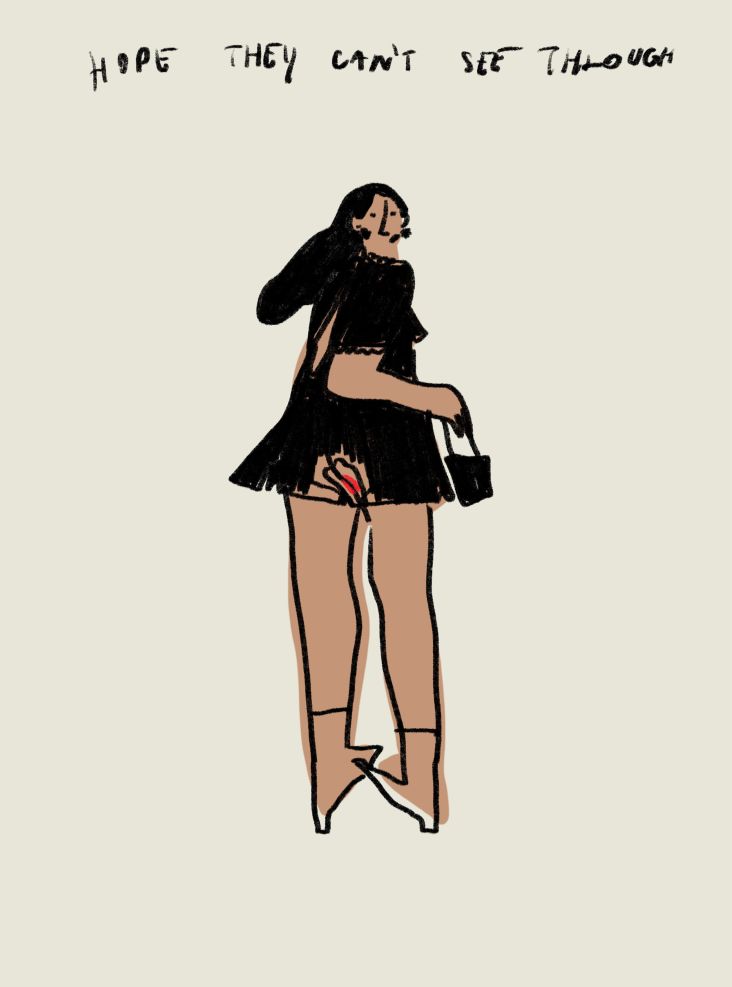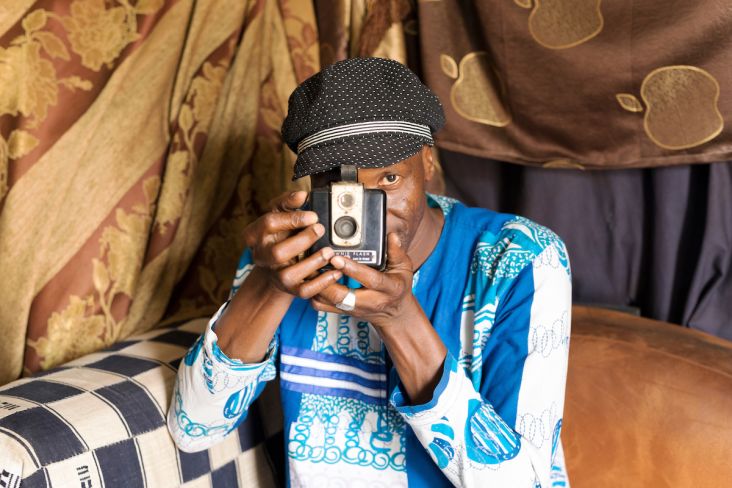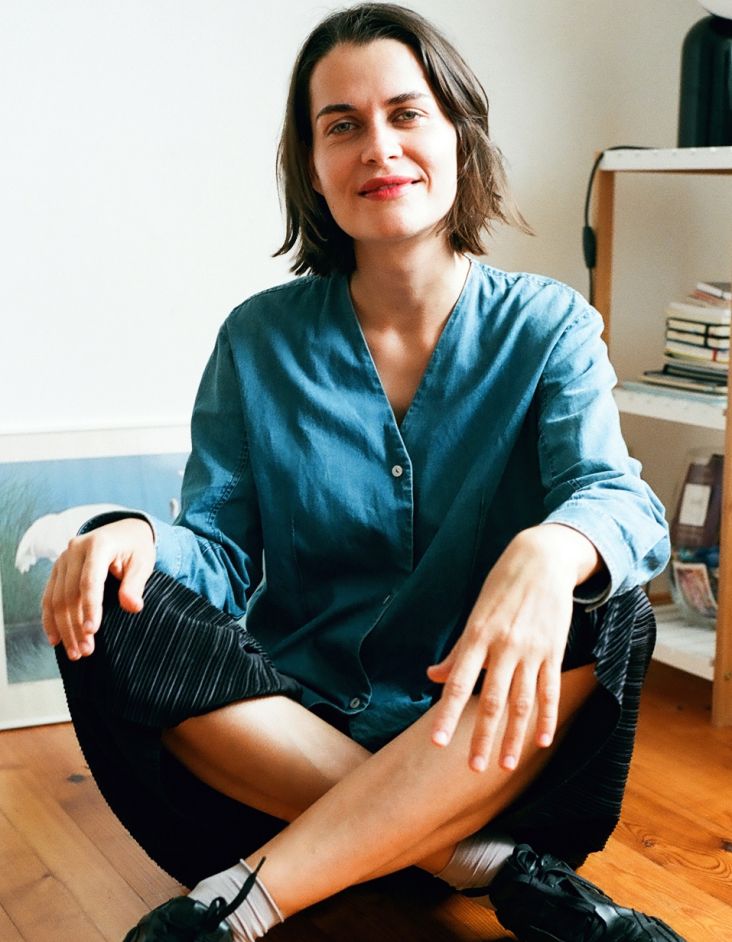Artist adopts the ancient Japanese art of borrowing to offer an escape from lockdown
There's a term in Japan (of Chinese origin) called Shakkei (借景), which literally means "borrowed scenery" – a principle of "incorporating background landscape into the composition of a garden". It's this sentiment that forms the basis of June Mineyama-Smithson's latest series, Lockdown Mindscape.
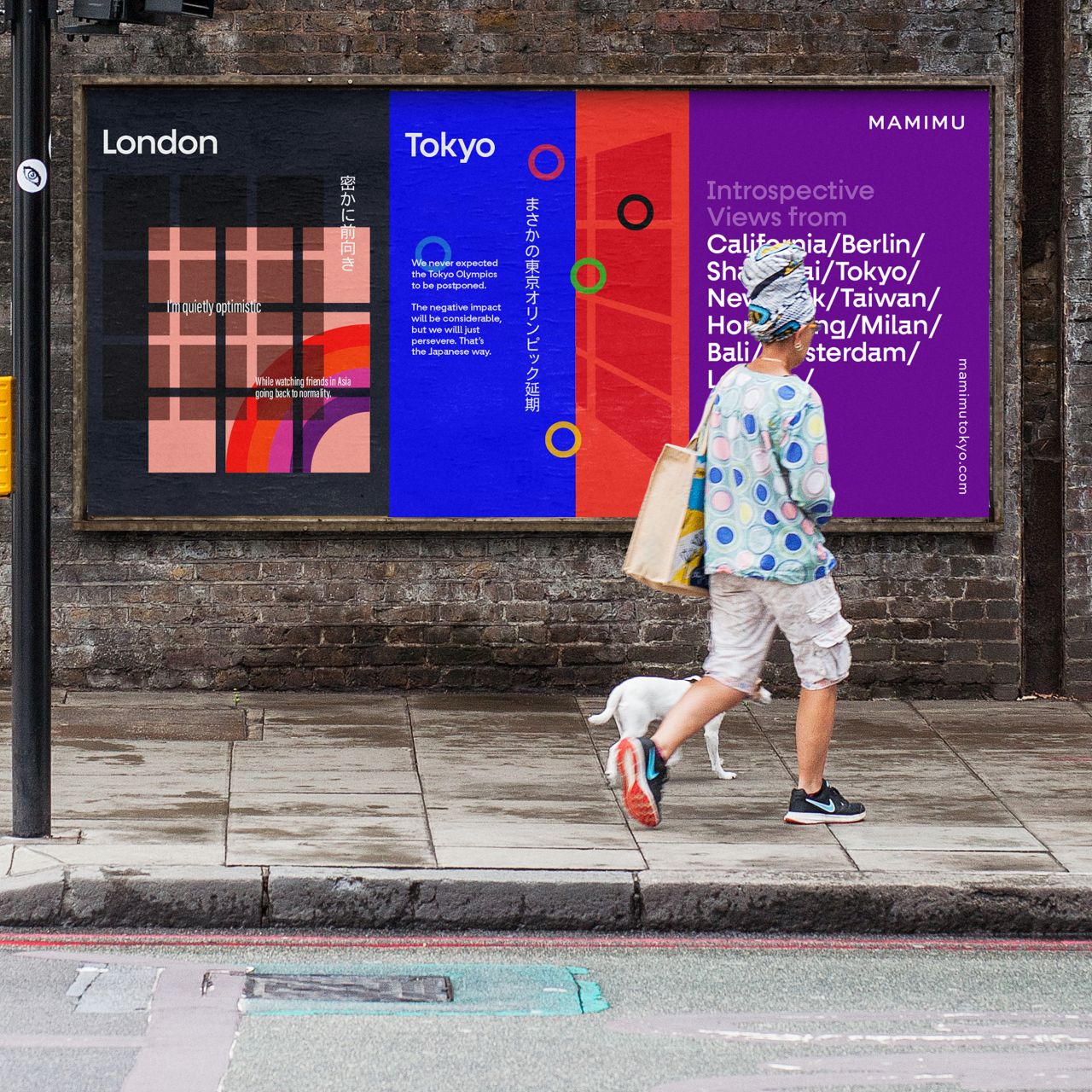
The Japanese artist and designer, also known as MAMIMU, has been searching for inspiration as best she can during the pandemic but has found the recent lockdown in London somewhat limiting, just like the rest of us. It's why she has looked beyond her four walls, adopting the ancient Japanese art of borrowing to get herself out of a creative rut. And thanks to a little help from her international friends, she's been able to do just that.
"I felt like a fraud during the first lockdown," June tells Creative Boom. "In the past, I found inspiration in the seemingly mundane from manhole covers to a local swimming pool. As a design lecturer, I have been advocating the idea that we can find inspiration everywhere. But in lockdown, I felt really stuck and uninspired.
"As I was looking out of the window, I remembered something I learnt in history at school. Shakkei is a traditional Japanese garden technique where the designer incorporates background scenery like mountains and the sky as a part of their design. It was a lightbulb moment. I can borrow my friends' views from all over the world!"
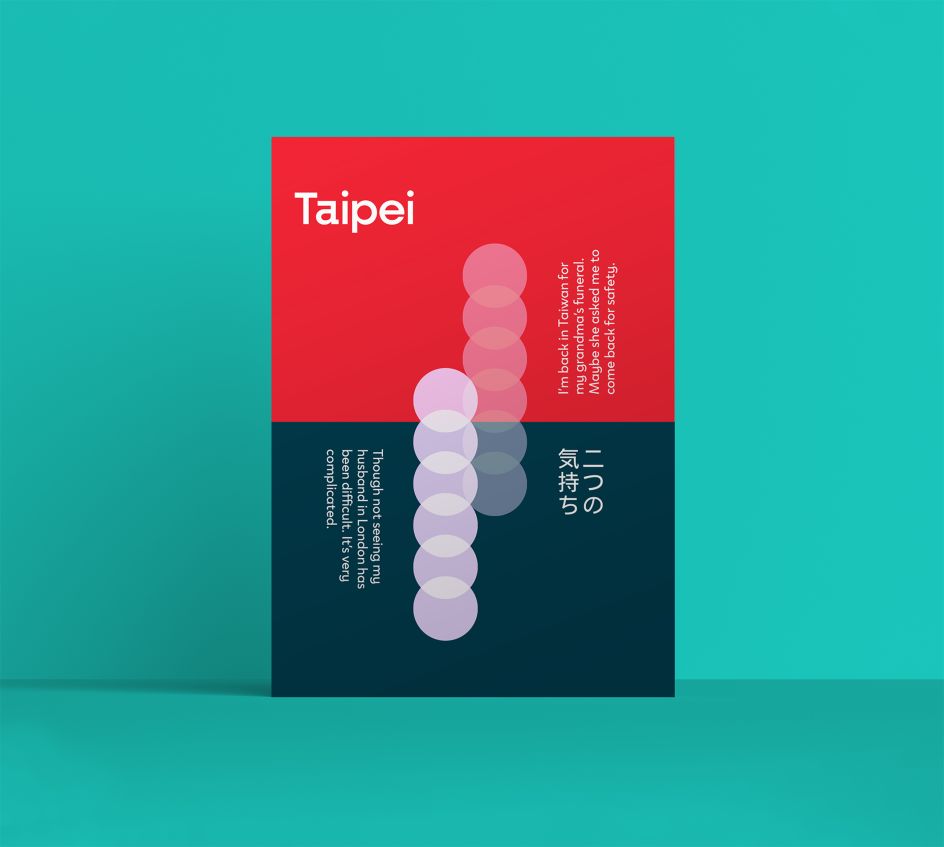
June wanted to capture the physical views as well as the introspective to find out how her friends were experiencing the global pandemic – from New York in the midst of the BLM protests to Shanghai which had gone through the first wave already. The result is a colourful collection of bilingual motion posters, in collaboration with motion designer Chris Sellars-Meadmore.
"It was fascinating to hear everyone's stories," says June. "Covid-19 has been tough for everyone but this is also a rare opportunity to be experiencing the same situation and emotionally connect wherever you are in the world."
Joe Stitzlein, for example, is co-founder and creative director of Stitzlein Studio based in sunny California. "He said it's been an emotional rollercoaster but he was determined to always returning to the positive side," explains June. "So I chose optimistic sunshine orange as the main colour. When the canvas returns to pure orange, it feels like we can reset and start afresh."
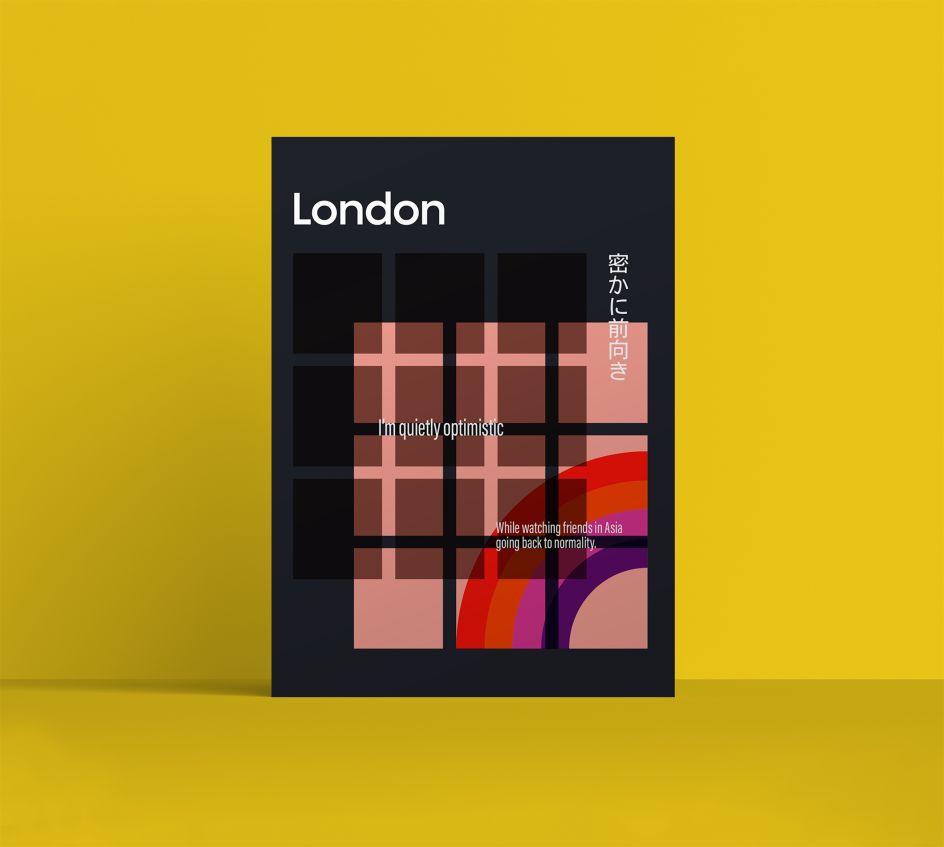
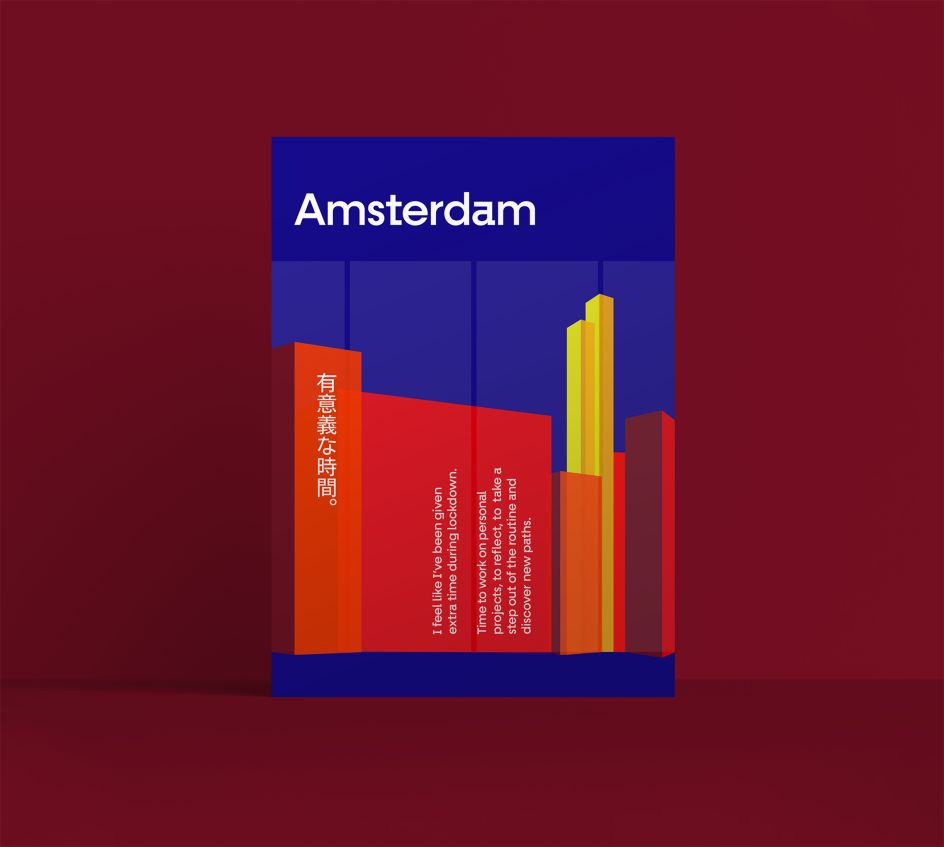
Meanwhile, London-based Taiwanese photographer Fangyu Cho went back to Taipei for her grandmother's funeral last February and had to wait for a return flight to London for months. "She thought maybe it's her late grandmother keeping her safe but found it difficult not to be able to see her husband back in London," June says. "The motion poster expresses this complicated love dichotomy with contrasting colours."
In Amsterdam, Jeroen Krielaars, motion designer and founder of popular Animography put a positive spin on the situation: "I feel like I've been given extra time. Time to work on personal projects, to reflect, to just take a step out of the routine and discover new paths," he says.
Speaking of the overall project, June adds: "I'm so glad I asked for help. This is a visual documentation of how we experience Covid-19 worldwide from New York to Shanghai."
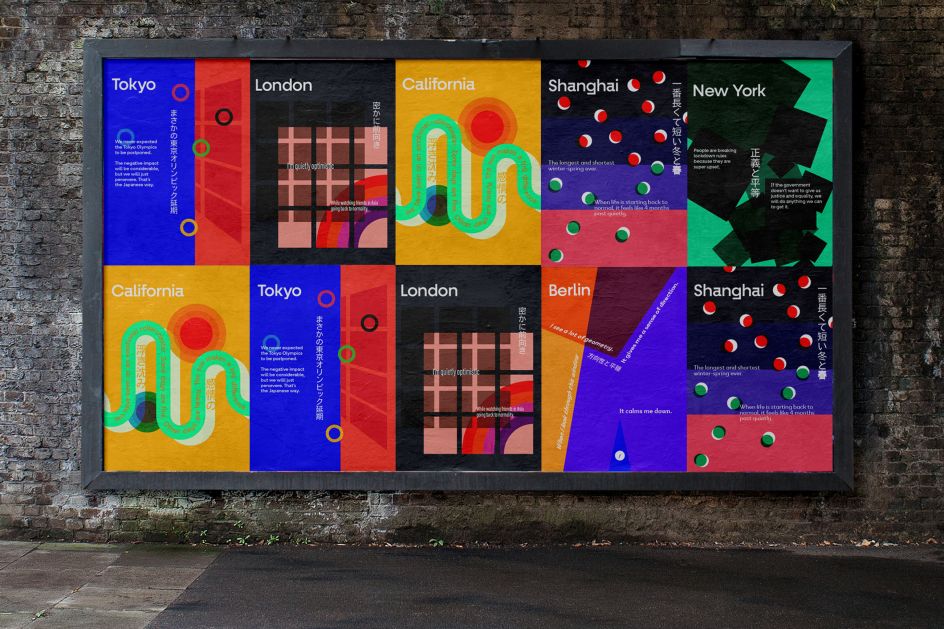
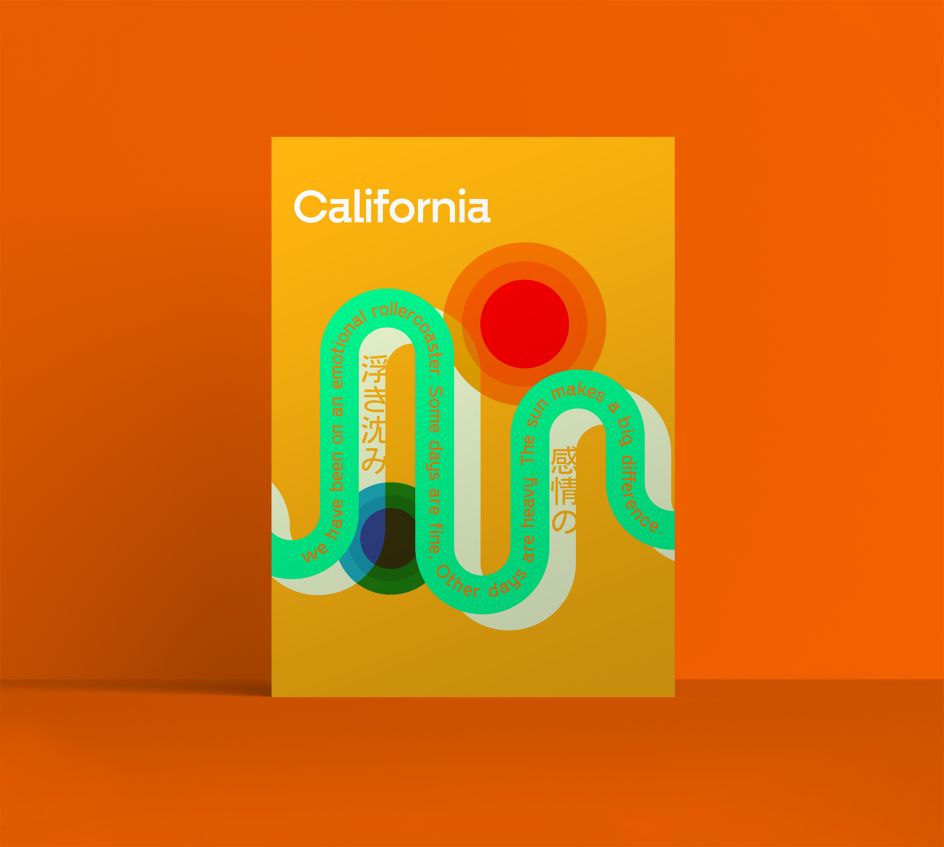
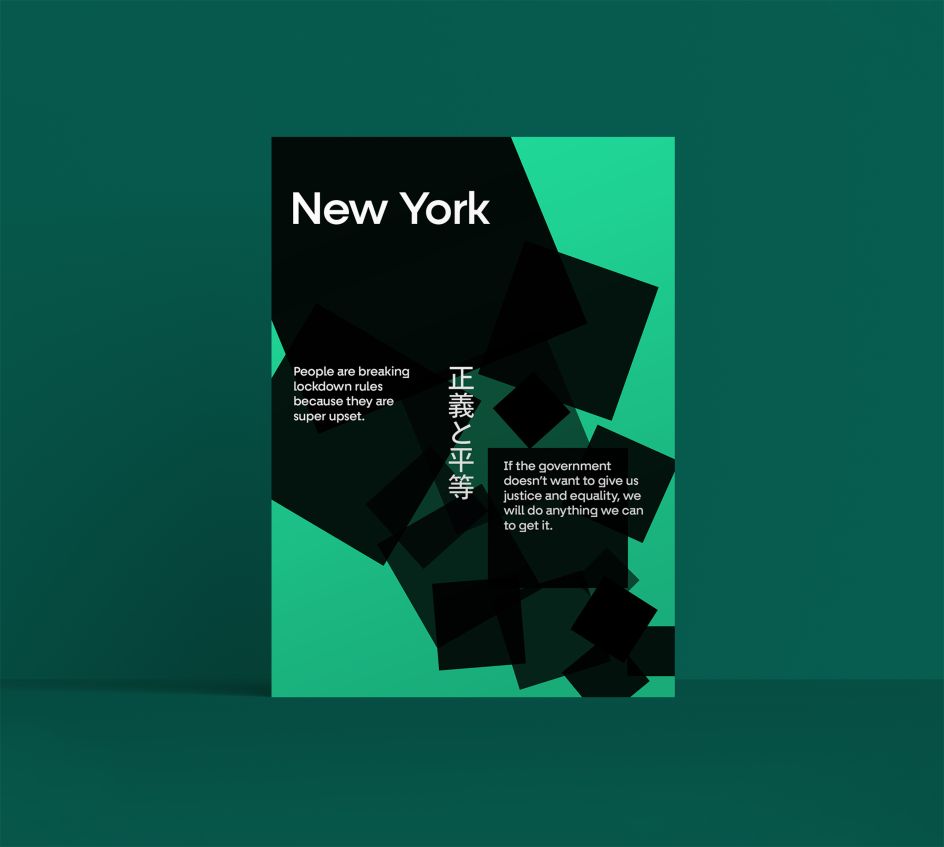
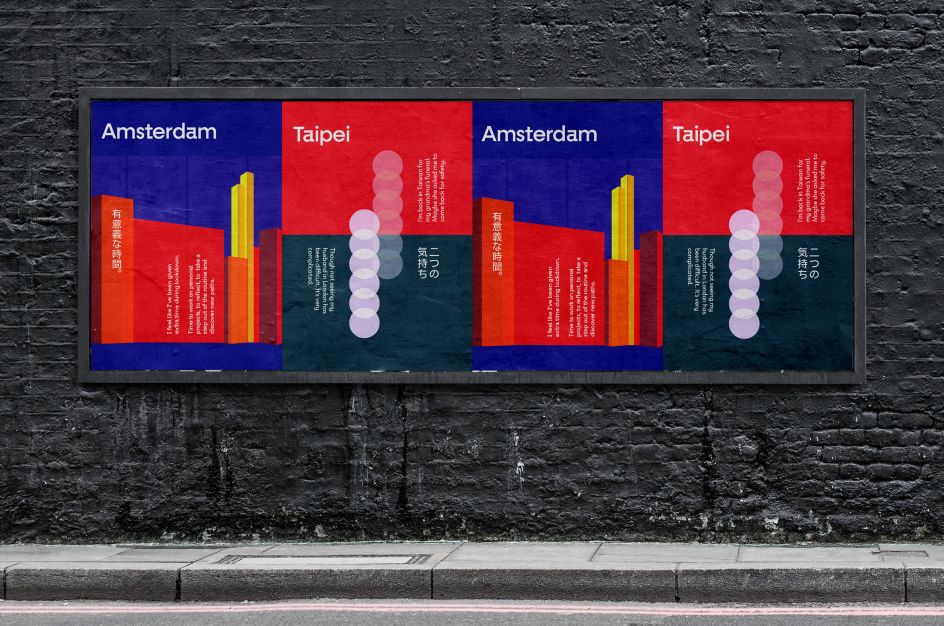
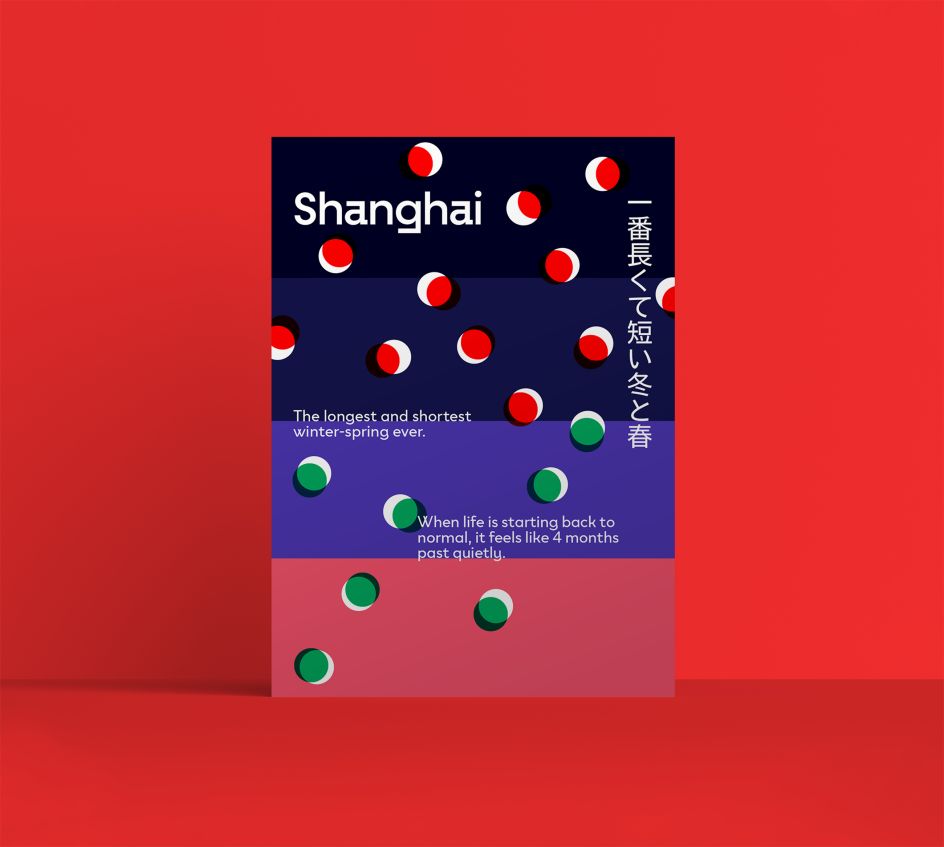
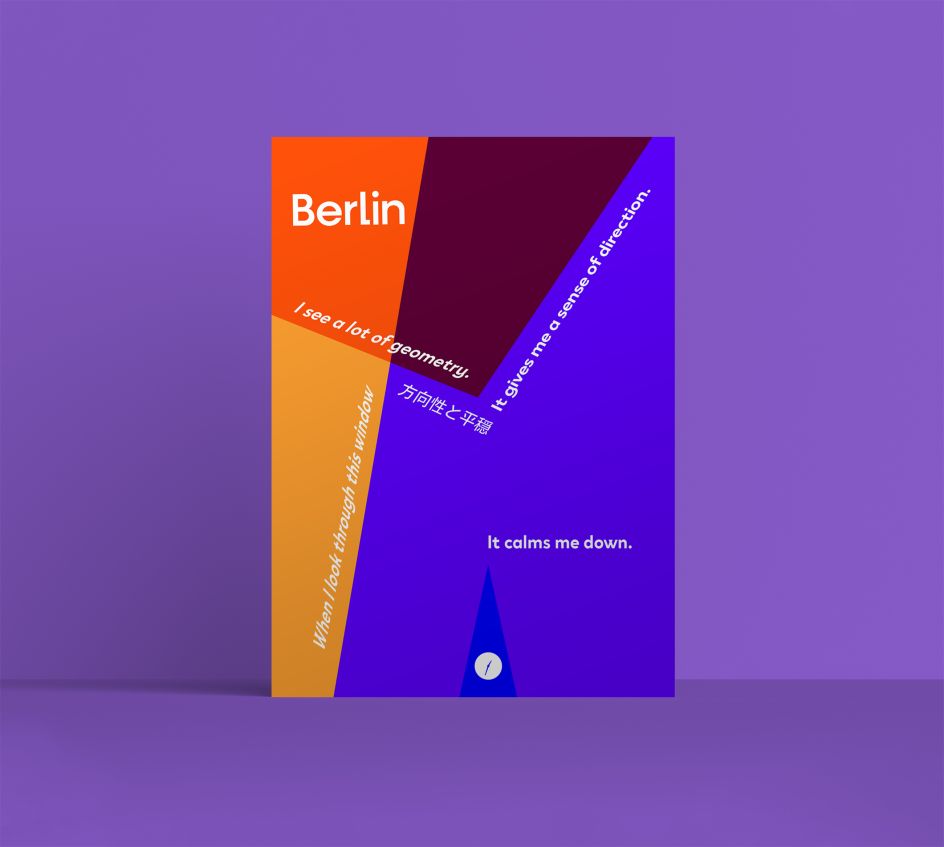
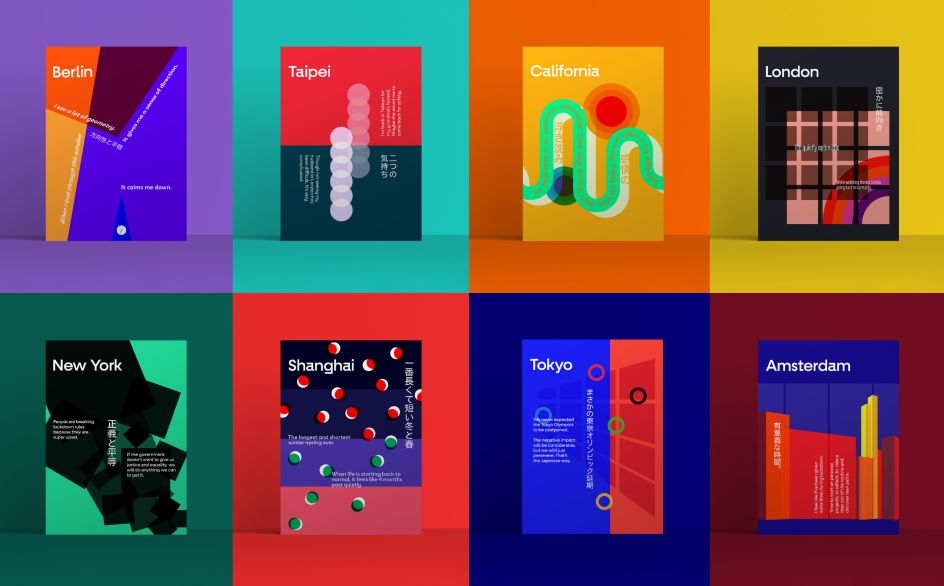

 for Creative Boom](https://www.creativeboom.com/upload/articles/06/063686a9a3b095b9b1f0e95df917ed4bd342be1b_732.jpg)



 using <a href="https://www.ohnotype.co/fonts/obviously" target="_blank">Obviously</a> by Oh No Type Co., Art Director, Brand & Creative—Spotify](https://www.creativeboom.com/upload/articles/6e/6ed31eddc26fa563f213fc76d6993dab9231ffe4_732.jpg)
 by Tüpokompanii](https://www.creativeboom.com/upload/articles/58/58684538770fb5b428dc1882f7a732f153500153_732.jpg)








